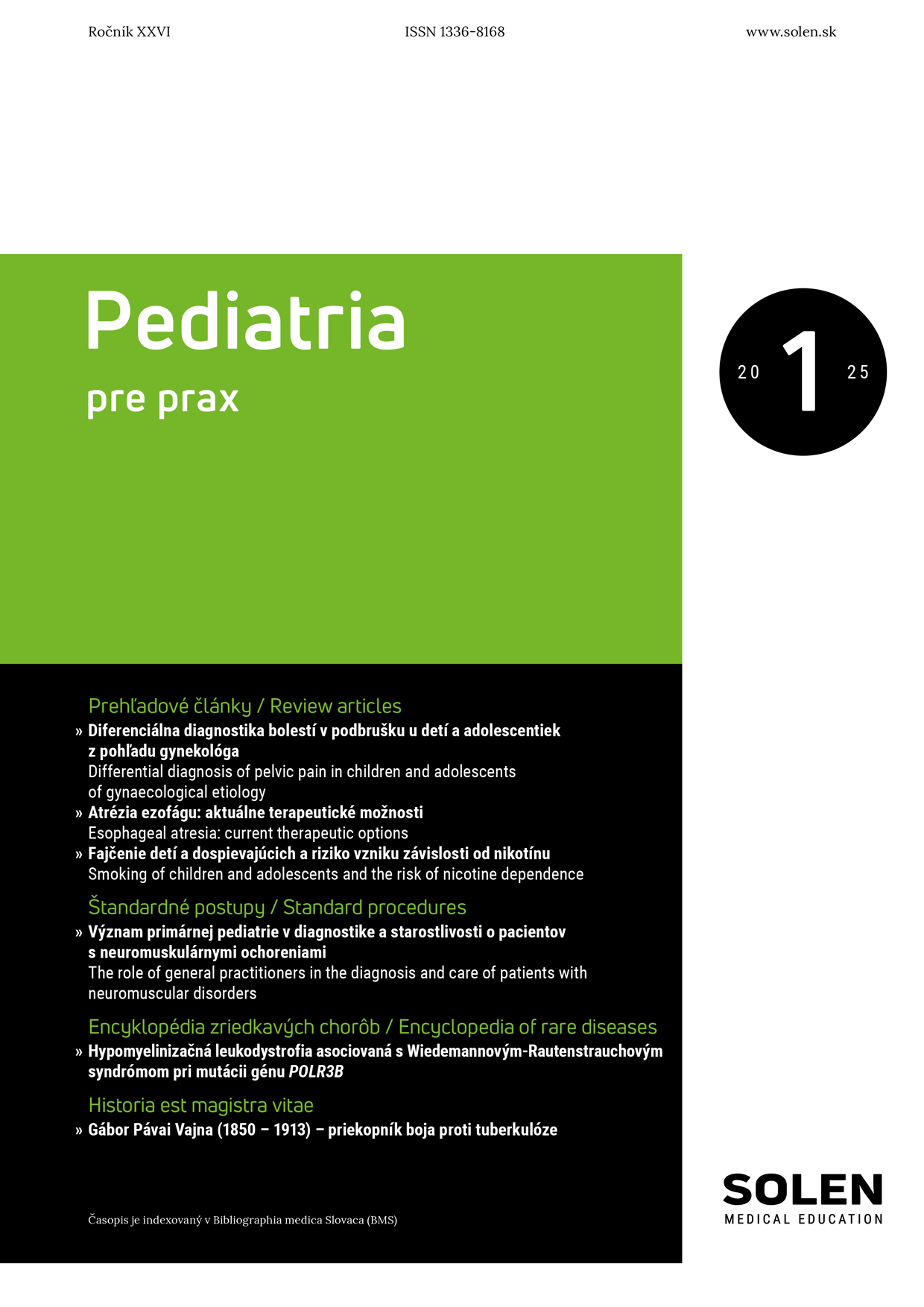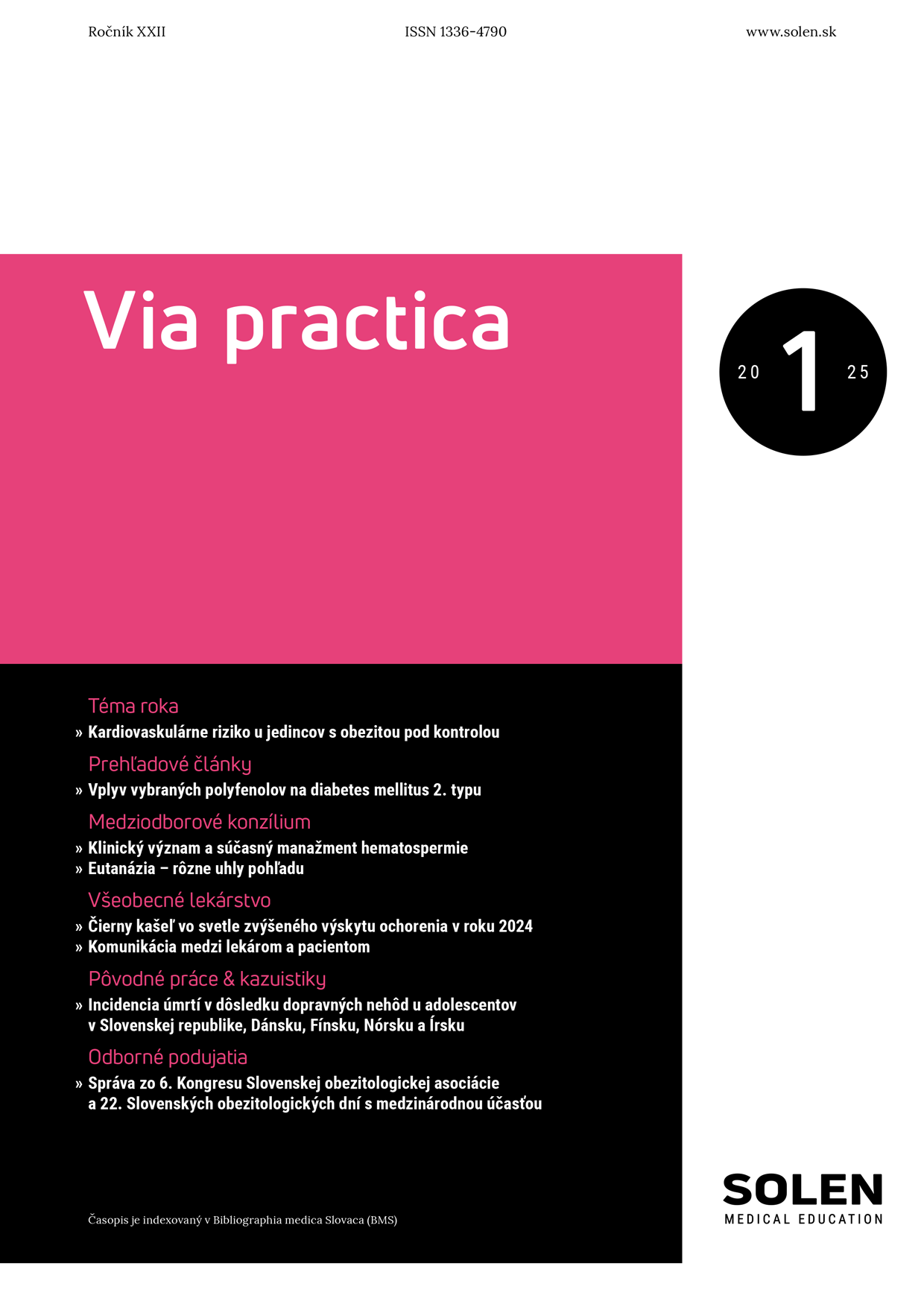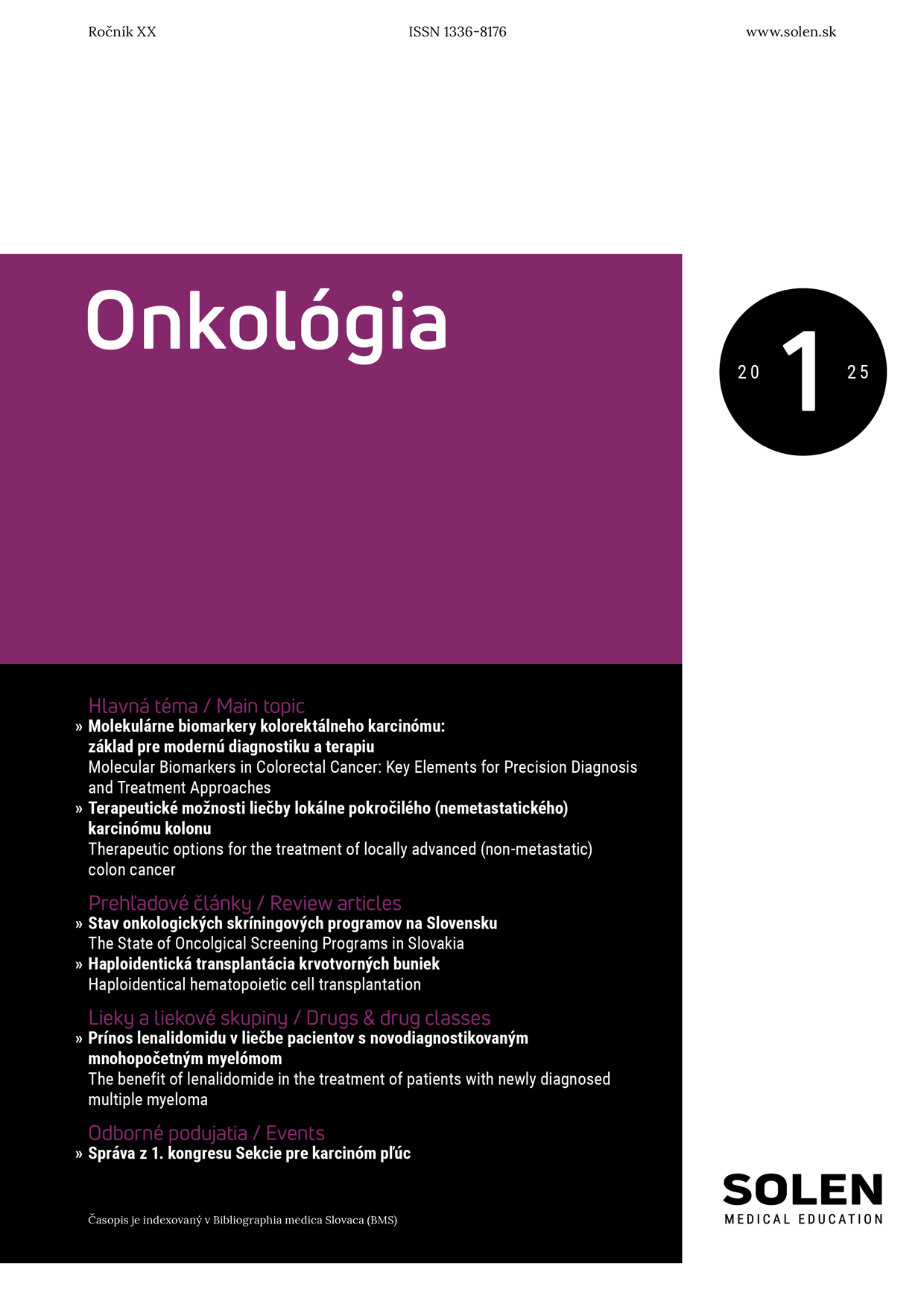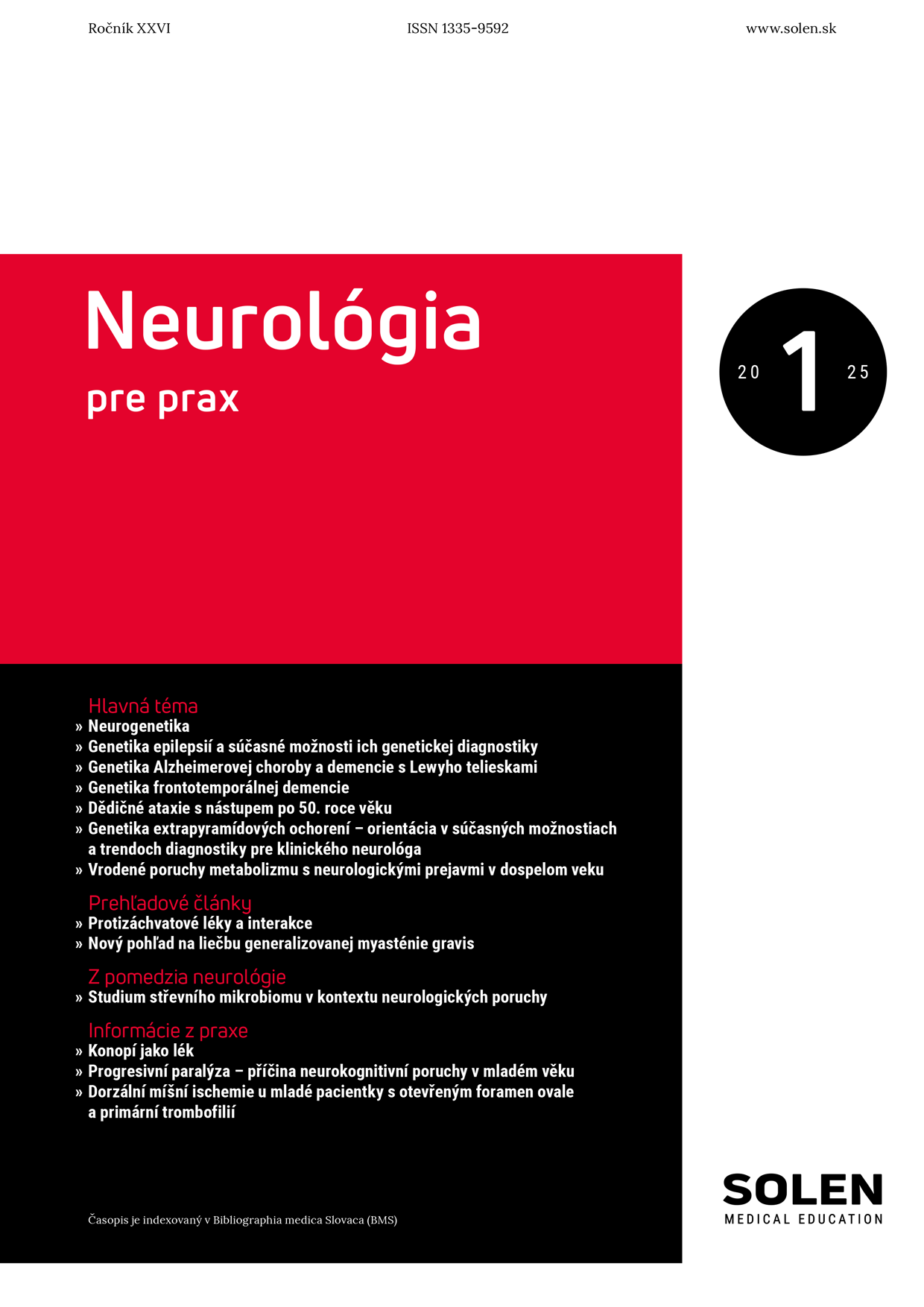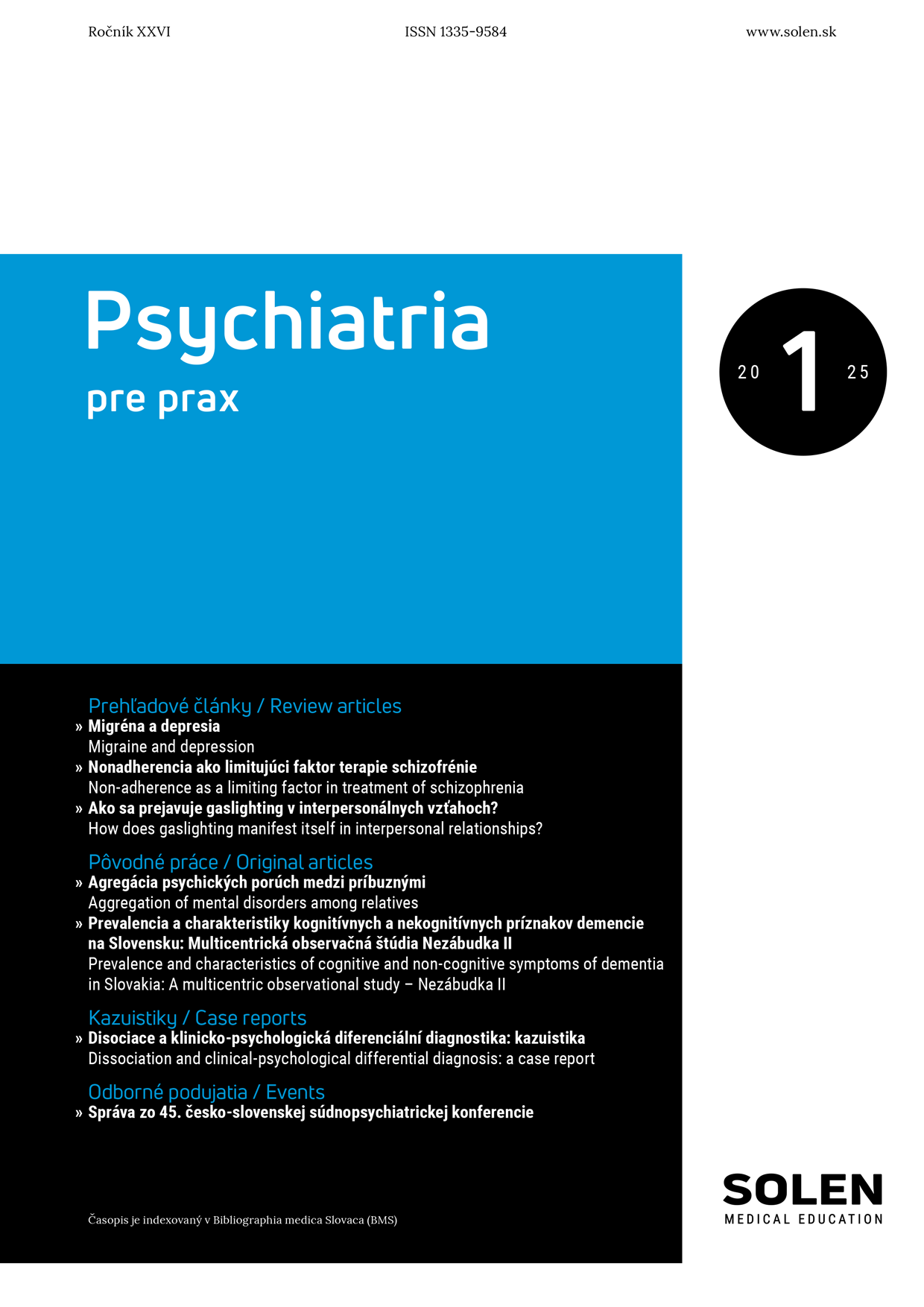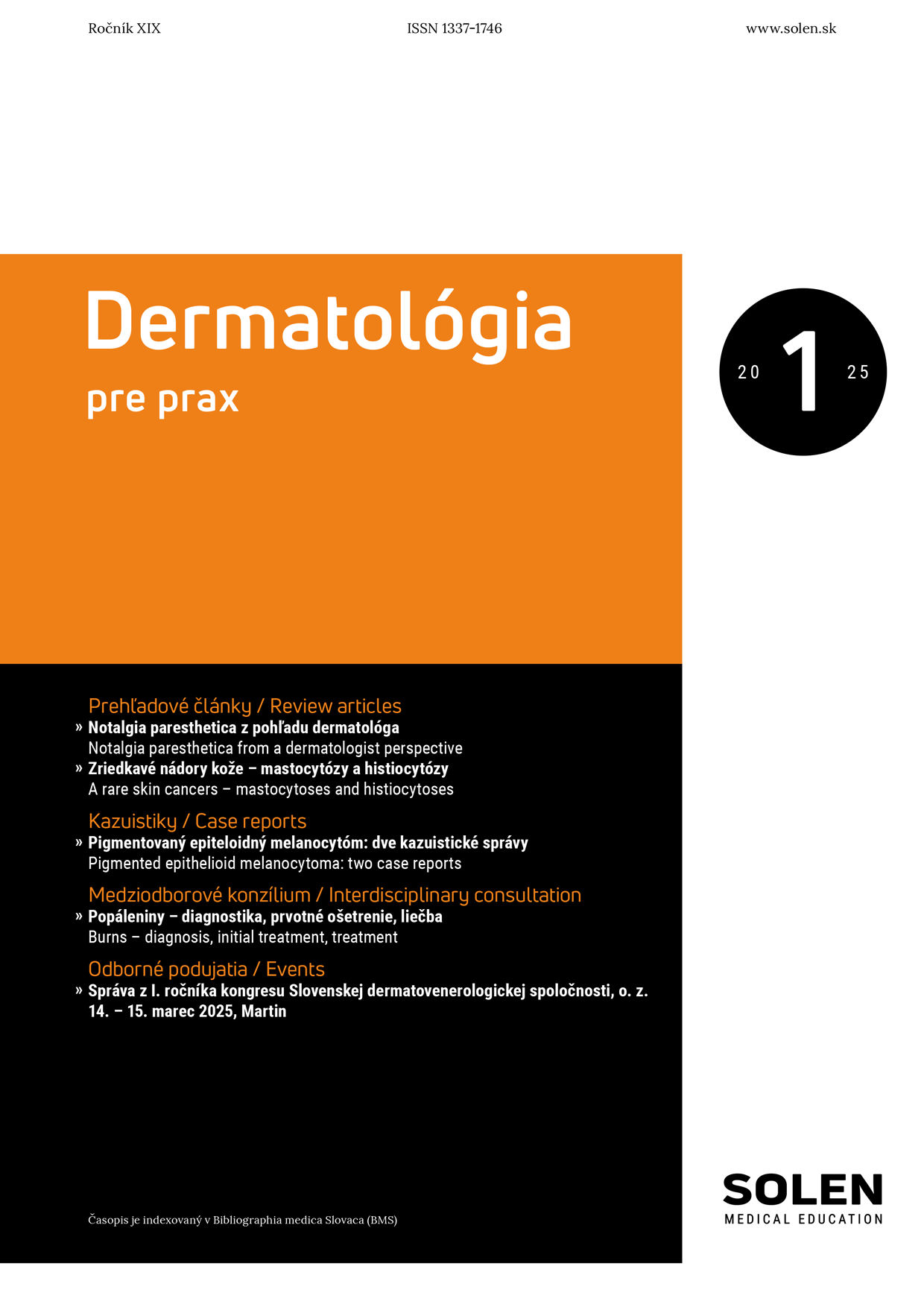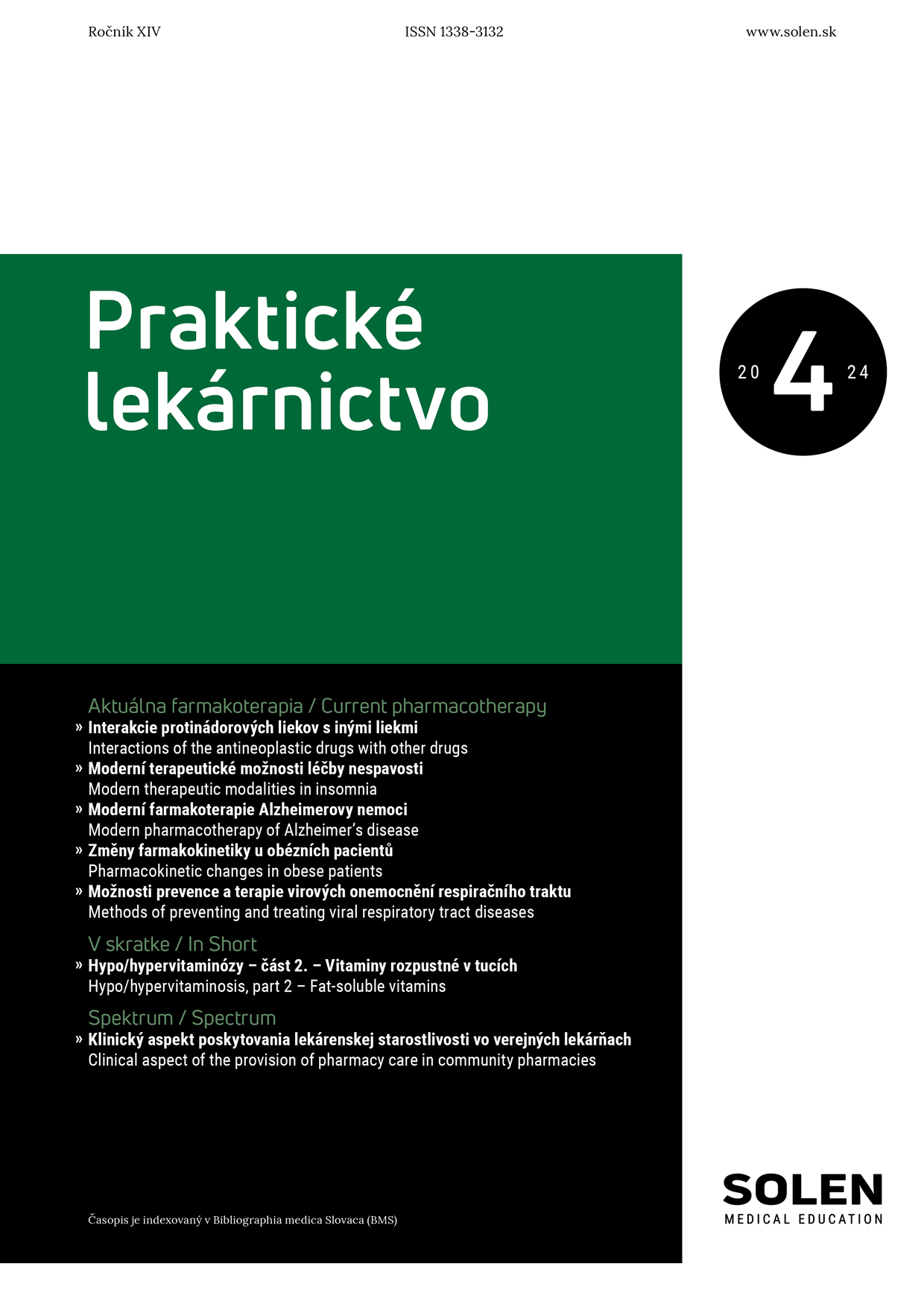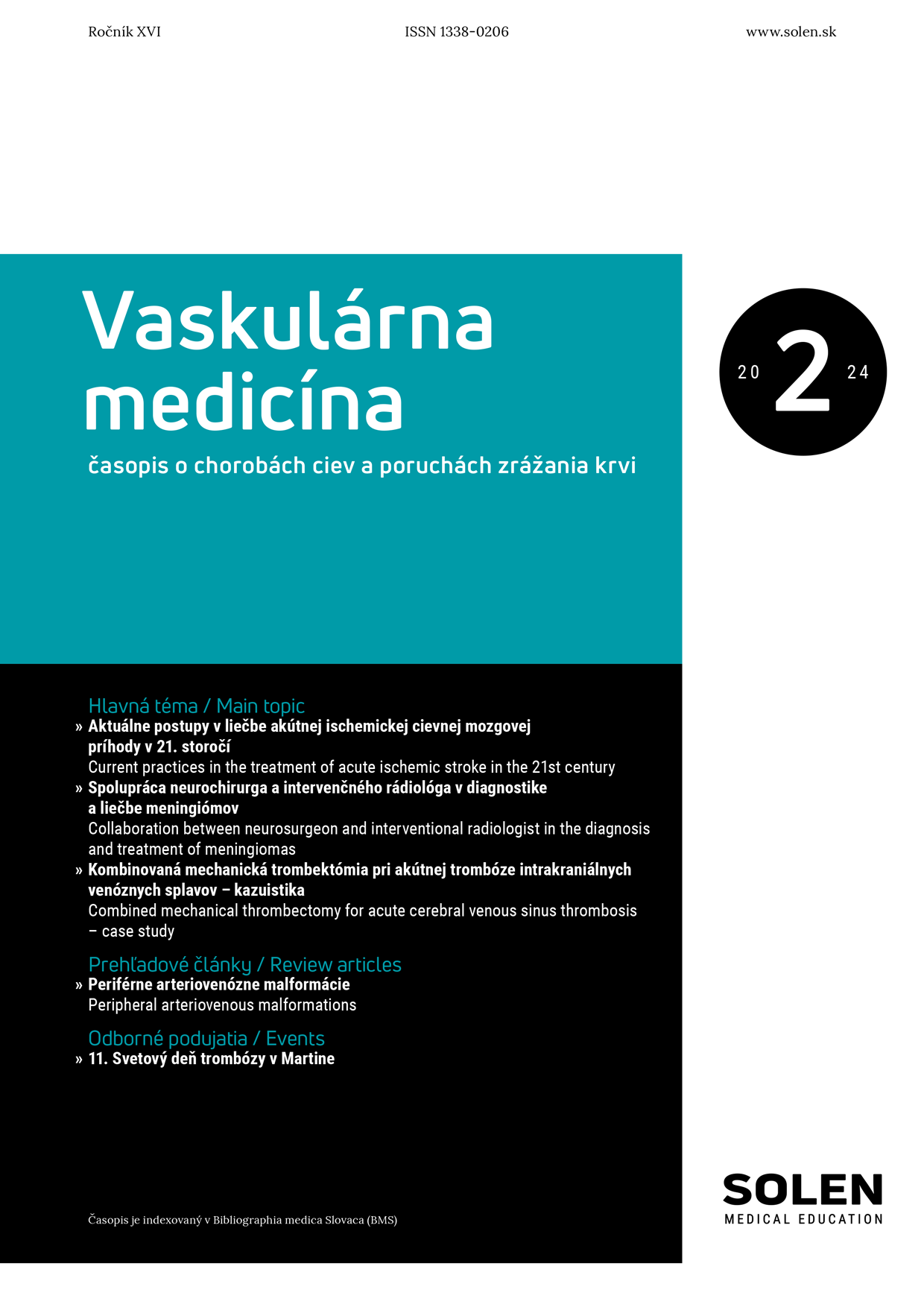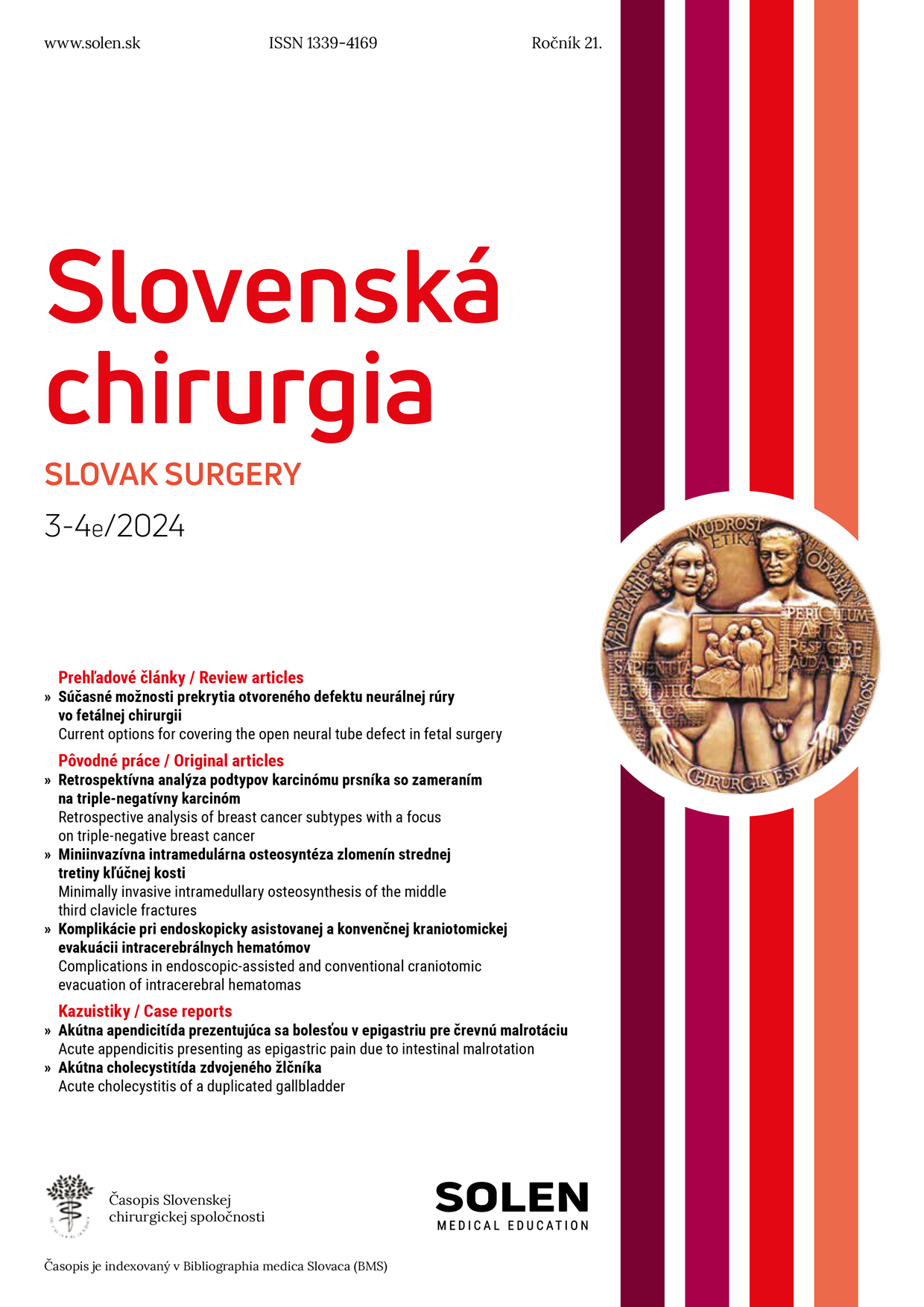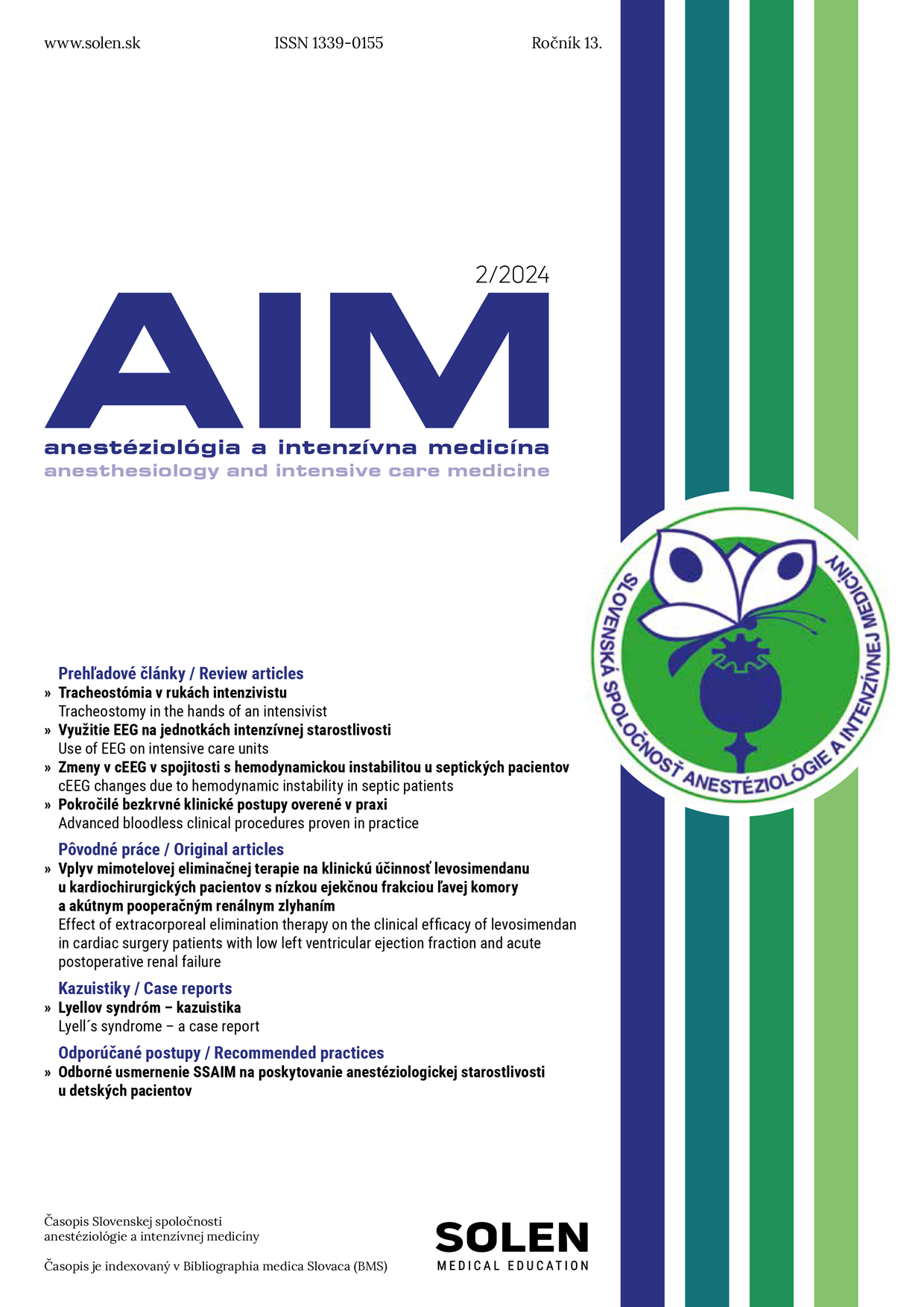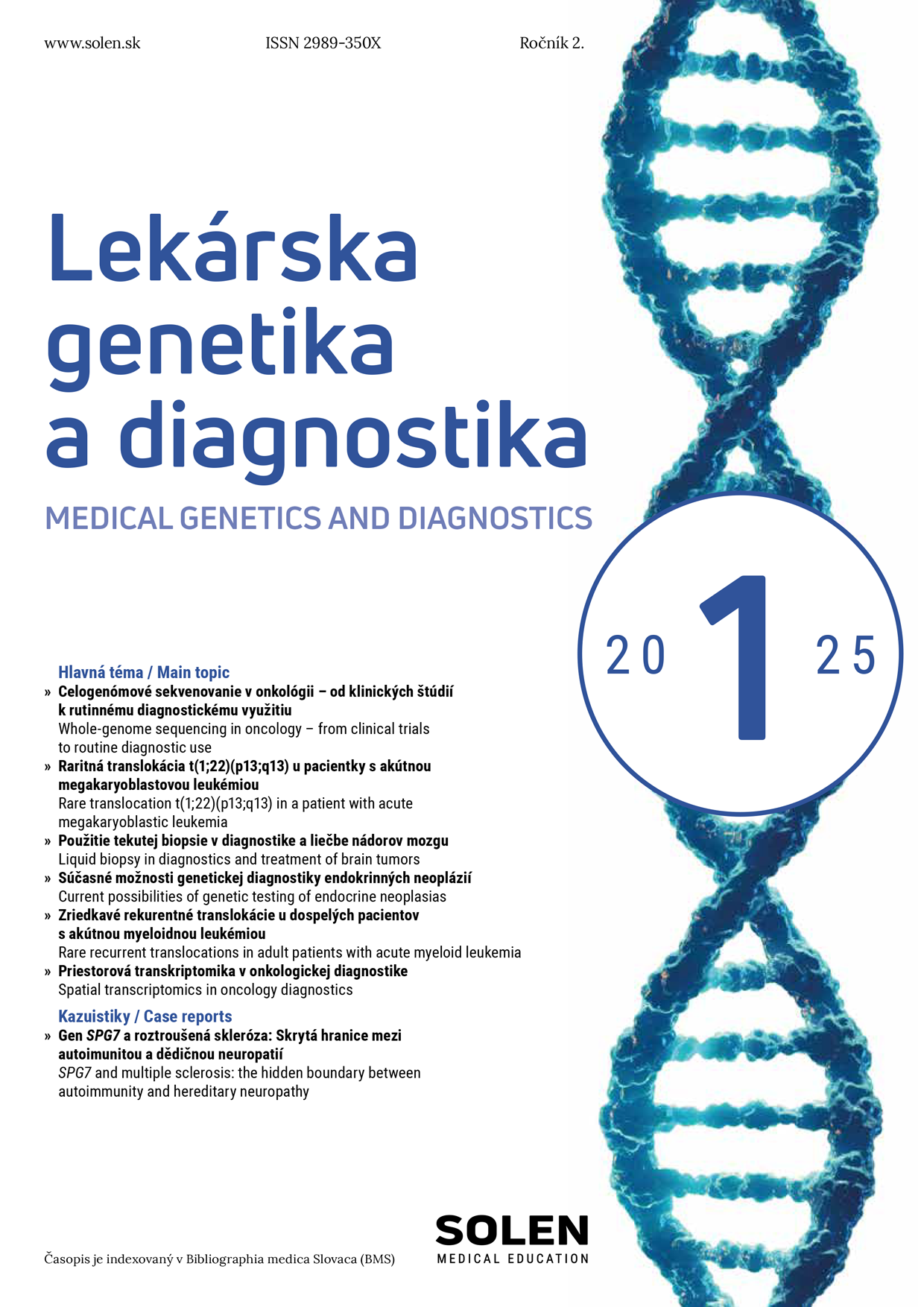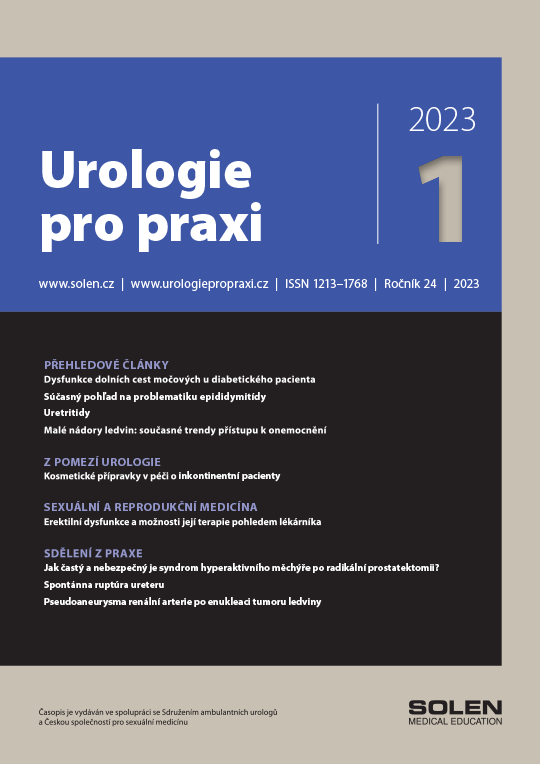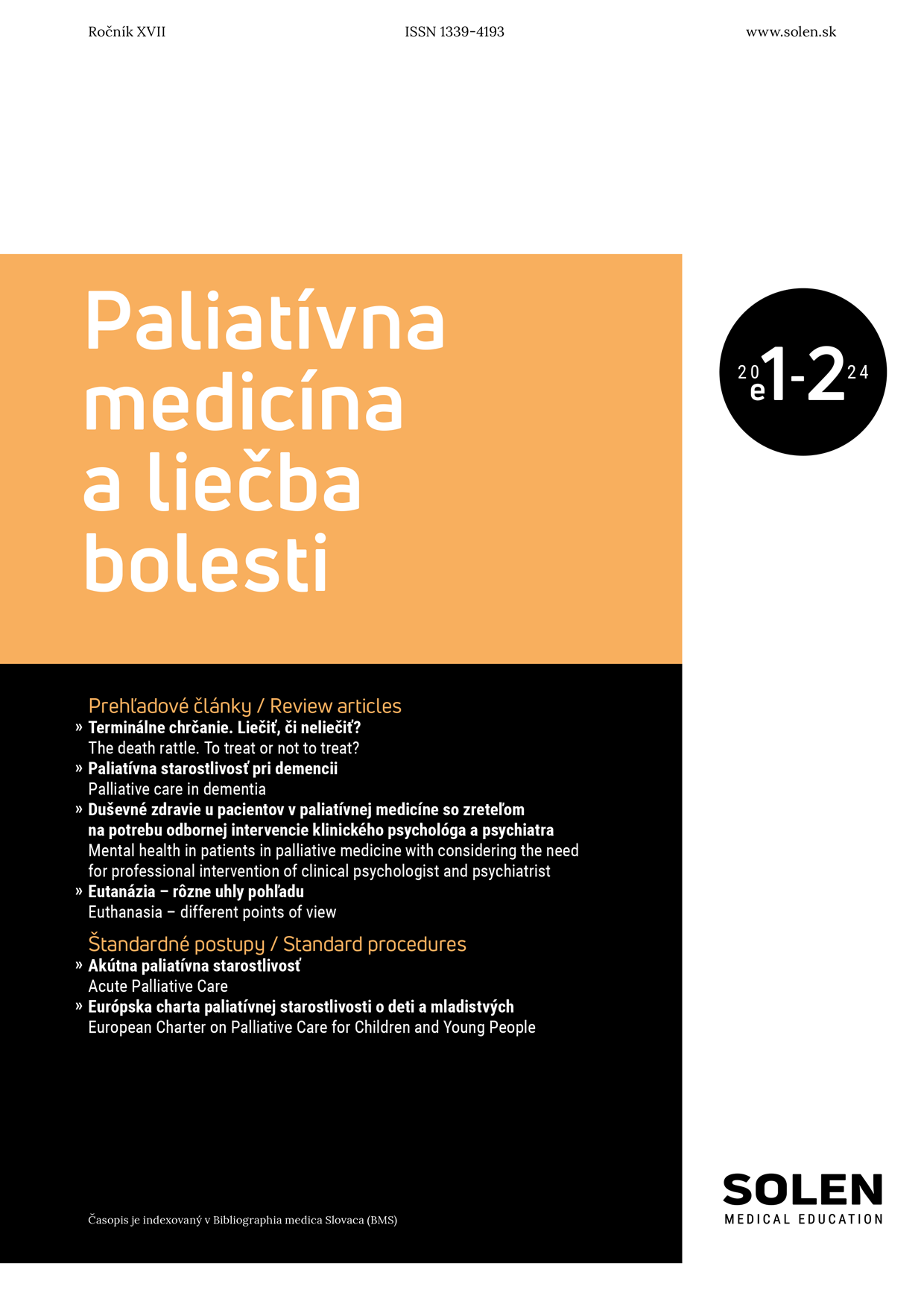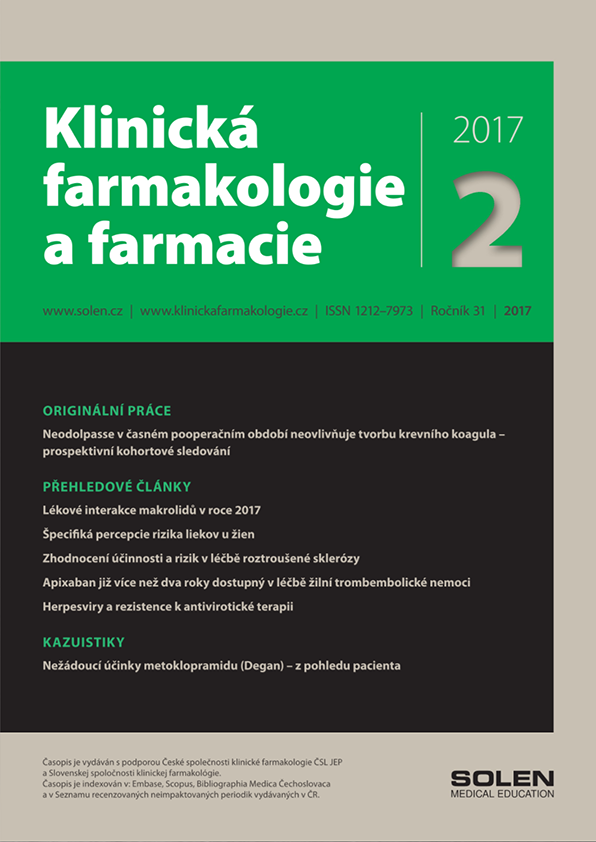Psychiatria pre prax 2/2024
Panická porucha a autonomní nervový systém
MUDr. Jozef Višňovský, prof. MUDr. Ján Praško Pavlov, CSc., MUDr. Jakub Vaněk, MUDr. Jonáš Boček, MUDr. Vlastimil Nesnídal, PhDr. Marie Ocisková
Panická porucha negativně ovlivňuje kvalitu života pacienta. Poruchu charakterizují somatické projevy masivní úzkosti. Ty se úzce spojují s autonomním nervovým systémem (ANS), který ovlivňuje reakce těla na vnější i vnitřní podněty. Cílem článku je zmapovat propojení panické poruchy a autonomního nervového systému a možnosti terapeutického zásahu. Zdroje pro tento souborný článek byly čerpány z databází PubMed a Web of Science, vydaných mezi lety 1991 až 2022. Další informace byly získány ze zdrojů článků použitých v primárním výběru. Výrazné somatické symptomy a zejména kardiovaskulární symptomy jsou charakteristické rysy panických záchvatů. Ukazuje se, že u pacientů s panickou poruchou se může projevovat autonomní dysfunkce a snížená variabilita srdeční frekvence (HRV). Intenzivní míra úzkosti a celkový arousal vedou k redukci tonu nervus vagus a zvýšení aktivity sympatiku, což způsobuje celkové snížení HRV, ve srovnání s kontrolními skupinami. Hodnocení dopadu léčby panické poruchy na HRV vyžaduje další studie. Předběžně se zdá, že antidepresiva snižují HRV nebo mají zanedbatelný vliv, a naopak po úspěšné kognitivně‑behaviorální terapii (KBT) dochází ke zlepšení regulace neuro‑kardiální kontroly hodnocené HRV. U pacientů s panickou poruchou dochází k narušení funkce autonomního nervového systému. Do regulace ANS může příznivě zasáhnout úspěšně léčba pomocí KBT. Další výzkum je potřebný ke zhodnocení účinnosti biofeedbacku, aerobního cvičení a psychofarmak.
Kľúčové slová: panická porucha, autonomní nervový systém, farmakoterapie, psychoterapie, kognitivně‑behaviorální terapie
Panic disorder and autonomic nervous system
Panic disorder negatively affects the patient’s quality of life. Somatic manifestations of massive anxiety characterize the disorder. These are closely related to the autonomic nervous system (ANS), which influences the body’s responses to external and internal stimuli. The article aims to map the connection between panic disorder and the autonomic nervous system and the possibilities of therapeutic intervention. Sources for this review article were drawn from the PubMed and Web of Science databases, published between 1991 and 2022. Additional information was obtained from the sources of the articles used in the primary selection. Marked somatic and cardiovascular symptoms are characteristic features of panic attacks. Patients with panic disorder may exhibit autonomic dysfunction and reduced heart rate variability (HRV). Intense anxiety and general arousal levels reduce vagus nerve tone and increase sympathetic activity, causing an overall decrease in HRV compared to control groups. Evaluation of the impact of panic disorder treatment on HRV requires further studies. Preliminarily, it seems that antidepressants reduce HRV or have a negligible effect, and on the contrary, after successful cognitive-behavioural therapy, there is an improvement in the regulation of neuro-cardiac control assessed by HRV. In patients with panic disorder, the function of the autonomic nervous system is impaired. Successful treatment with CBT can have a beneficial effect on the regulation of the ANS. Further research is needed to evaluate the effectiveness of biofeedback, aerobic exercise, and psychotropic drugs.
Keywords: panic disorder, autonomic nervous system, pharmacotherapy, psychotherapy, cognitive‑behavioural therapy


